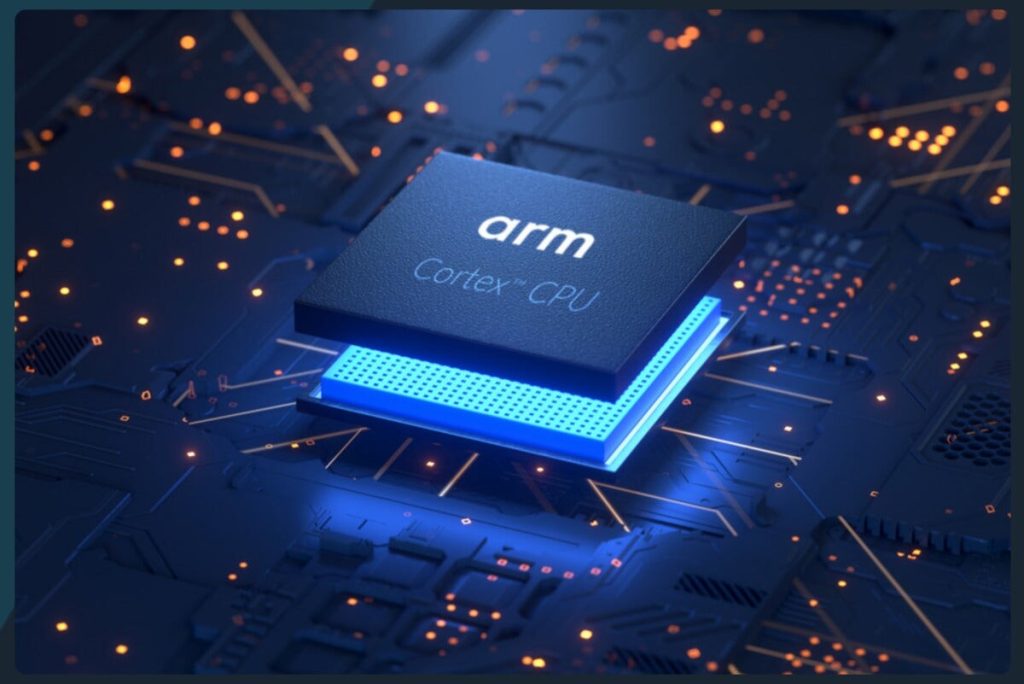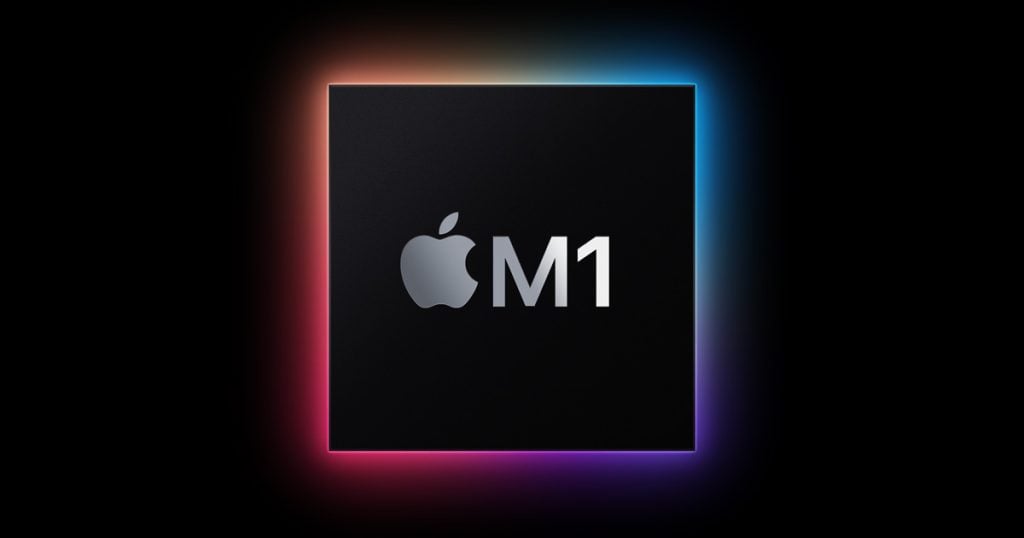The rise of ARM processors continues at full speed. This progress has been fueled by the growing popularity of smartphones, as well as the development and increasing demands of operating systems and applications. For the last few years Apple’s M1 series processors have added a new dimension to this trend. As you know, computers using ARM-based M series processors today are challenging their much more expensive competitors in terms of performance and efficiency. Despite one or two unsuccessful attempts by Microsoft, other manufacturers have not responded to Apple’s critical move. According to claims, ARM is taking matters into its own hands and is building its own semiconductor to showcase the capabilities of its products. Here are the details…
ARM Develops New Semiconductor to Exhibit Possibilities
According to the latest reports, ARM is developing its own semiconductor to showcase the capabilities of its products. To avoid any misunderstandings, let us clarify from the outset that the company does not plan to compete with its own products. Instead, ARM aims to demonstrate what mobile processors developed using its technologies can do in devices like PCs/laptops and smartphones. For example, Qualcomm occasionally manufactures a phone to exhibit the features of its new flagship processor, but this is only a sample product and not for sale. A similar situation applies here.

Of course, at the moment, this is only a claim. However, if the rumors are true, ARM will team up with manufacturing partners to develop the new semiconductor. The developed processor will be a prototype for use in both laptops and smartphones. The company is likely hoping to gain more business partners and increase its market value before its upcoming IPO, but there is a significant problem.
The success of Apple’s M-series processors comes from the harmony achieved between software and hardware. The company has provided strong support for its new processors since day one and has “forced” all applications on the market to work with these ARM-based processors.

When we look at Windows, the dominant operating system, we see a more traditional operating system that supports the x86 architecture. Although Microsoft has an operating system for ARM-based processors, it is, to put it mildly, incomplete. Therefore, showcasing the capabilities of the developed processor may be somewhat challenging. Nonetheless, it is worth waiting for official announcements from the company regarding further developments.
RELATED:
- Xiaomi 13 Ultra vs Samsung Galaxy S23 Ultra: Specs Comparison
- Microsoft reportedly working on ARM-based Surface Go 4 and a new 11-inch Surface Pro
- Xiaomi Smart Band 8 Review: You can even play games on it
- Intel Targets TSMC’s Dominance in the Mobile Processor Market: ARM Production on the Horizon
- iPhone 15 Pro Max Camera Leaked – The Standard 15 Pro May Not Be Professional Enough
(via)






